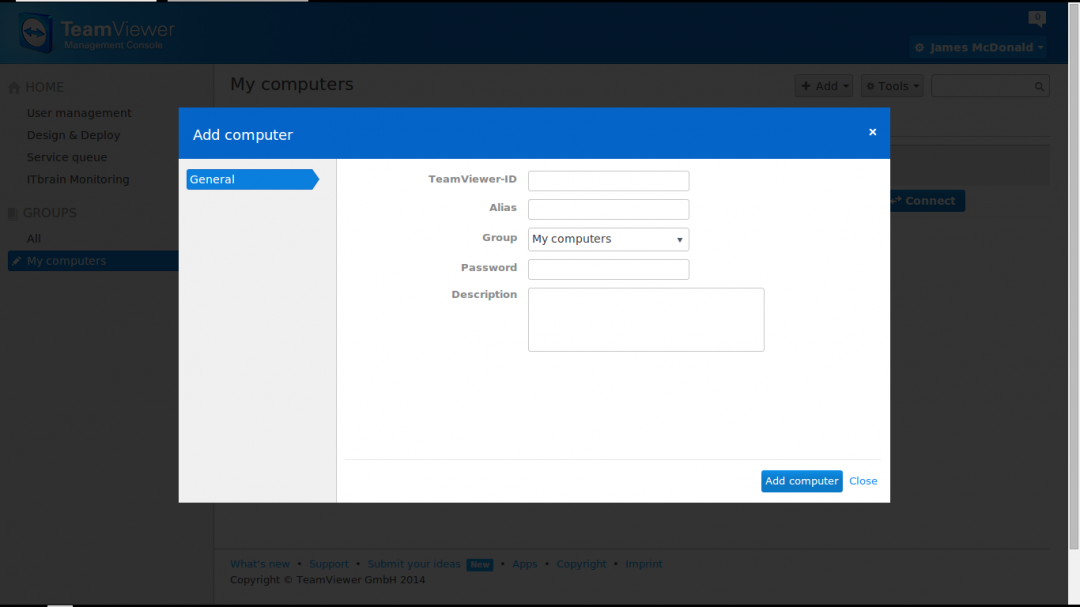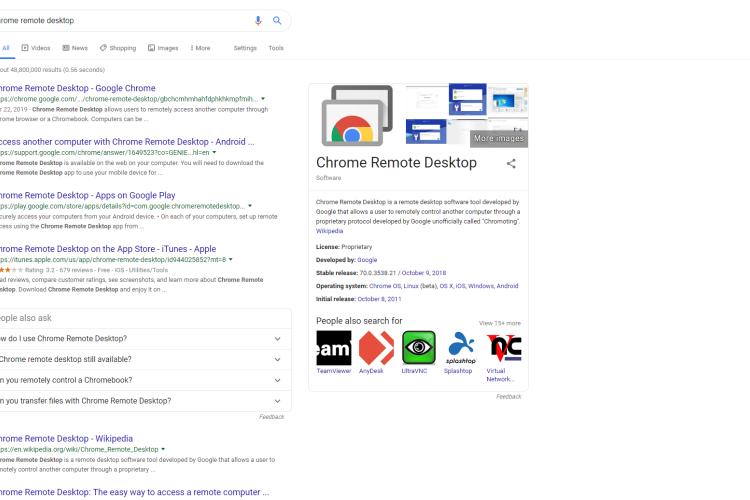


During the download process, an initial window will appear to ask if you want to proceed with a custom, default, or one-time use installation. You'll have to download the TeamView freeware to remotely connect with other people. Those using this program can promptly end any session to safely leave the situation. If the TeamViewer host and attendee are familiar with each other and the intentions for the connection are understood, then remotely connecting together is suitable. TeamViewer advises the community to never grant access to people who are strangers or cannot be trusted. To begin the remote control session, the person that is sharing their screen needs to provide an ID and password to the other person to connect.

You'll want to ensure that the software is correctly configured to avoid privacy-related issues that make the system susceptible to security risks. TLDR Guacamole for Remote, OpenVPN to access.TeamViewer is a safe software program to download and install. And to give hope, it took me a little to learn too 😅. In your homelab endeavors I highly recommend learning some fourm of VPN. If you run into problems Google is an amazing thing! The hard part is the config but there is usually a way to have those generated withing the server. I use the mobile app and desktop app, and they work like a charm. Test it internal to your network to get a understanding as to how it works then forward it and see if it still works. They even have docker containers to get you up and running quick! Port forward and Bob's your uncle! I highly recommend reading up on how to get it running. You could have 5, 10, 100 services open to the entire world oooor 1 VPN connection to rule them all. The saying goes, "protecting a pin hole is better than protecting an antire infrastructure" at least that's what I say 😅. Into the bigger things Any time you are wanting to access things in your homelab, from the internet that is, it is a homelab group consensus to do this over a self hosted VPN. I personally just use RDP for Windows and Mac implements VNC "already built in". Runs in docker which your Synology supports 👍 cool! Now I personally don't use it but have seen what it can do and there are A Lot of tutorials for setup. There is a great homelab program for this very thing, it's called guacamole.


 0 kommentar(er)
0 kommentar(er)
